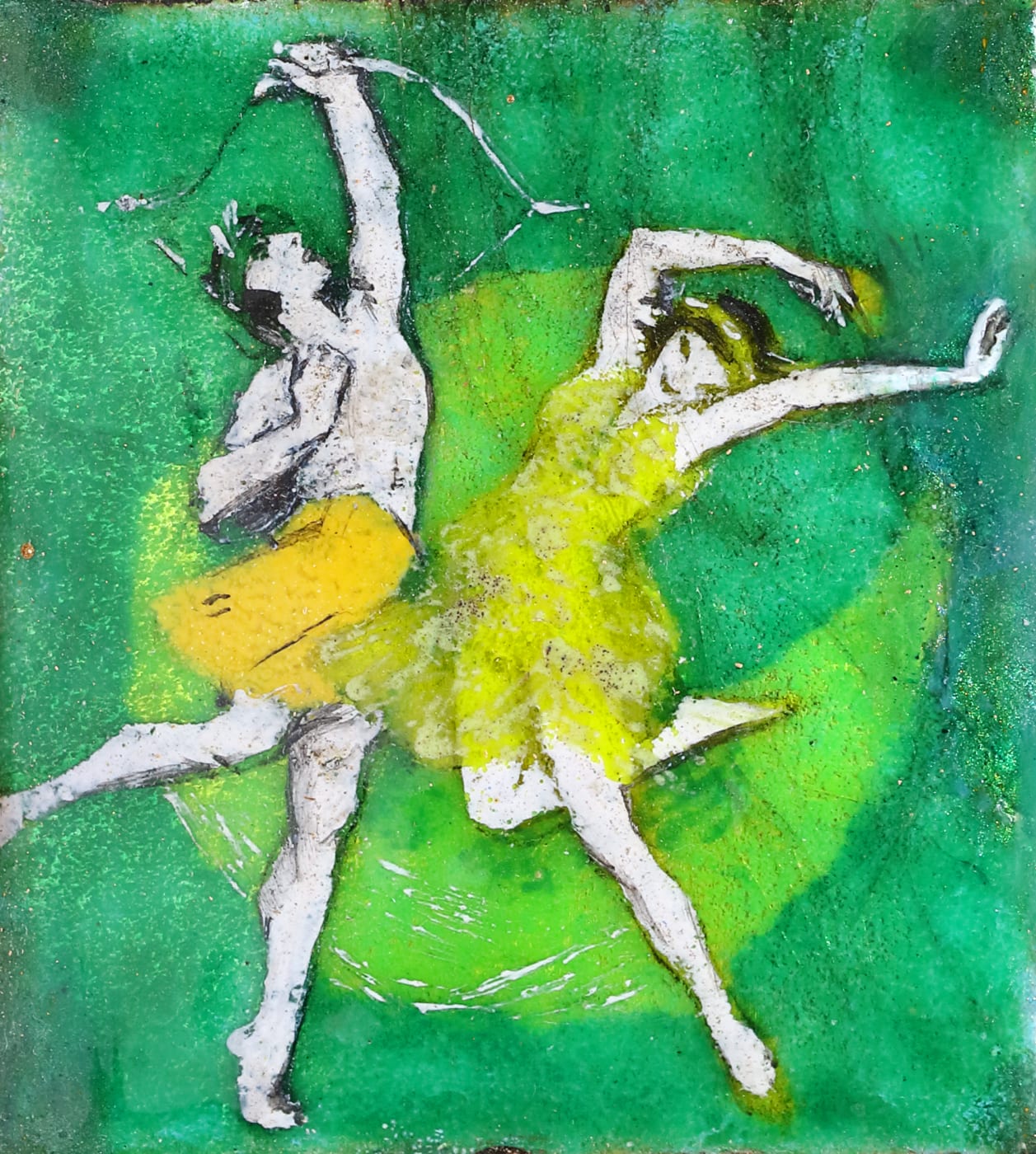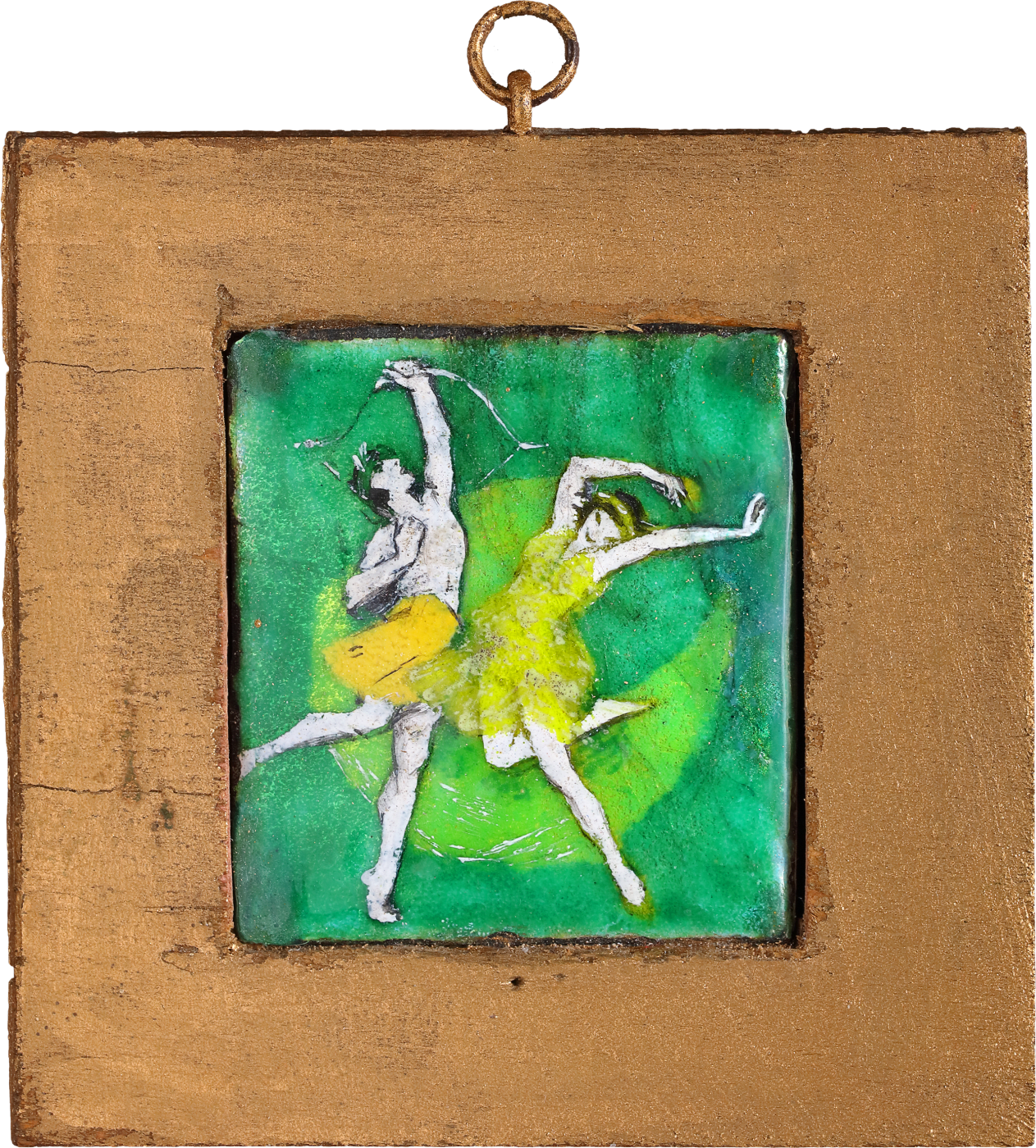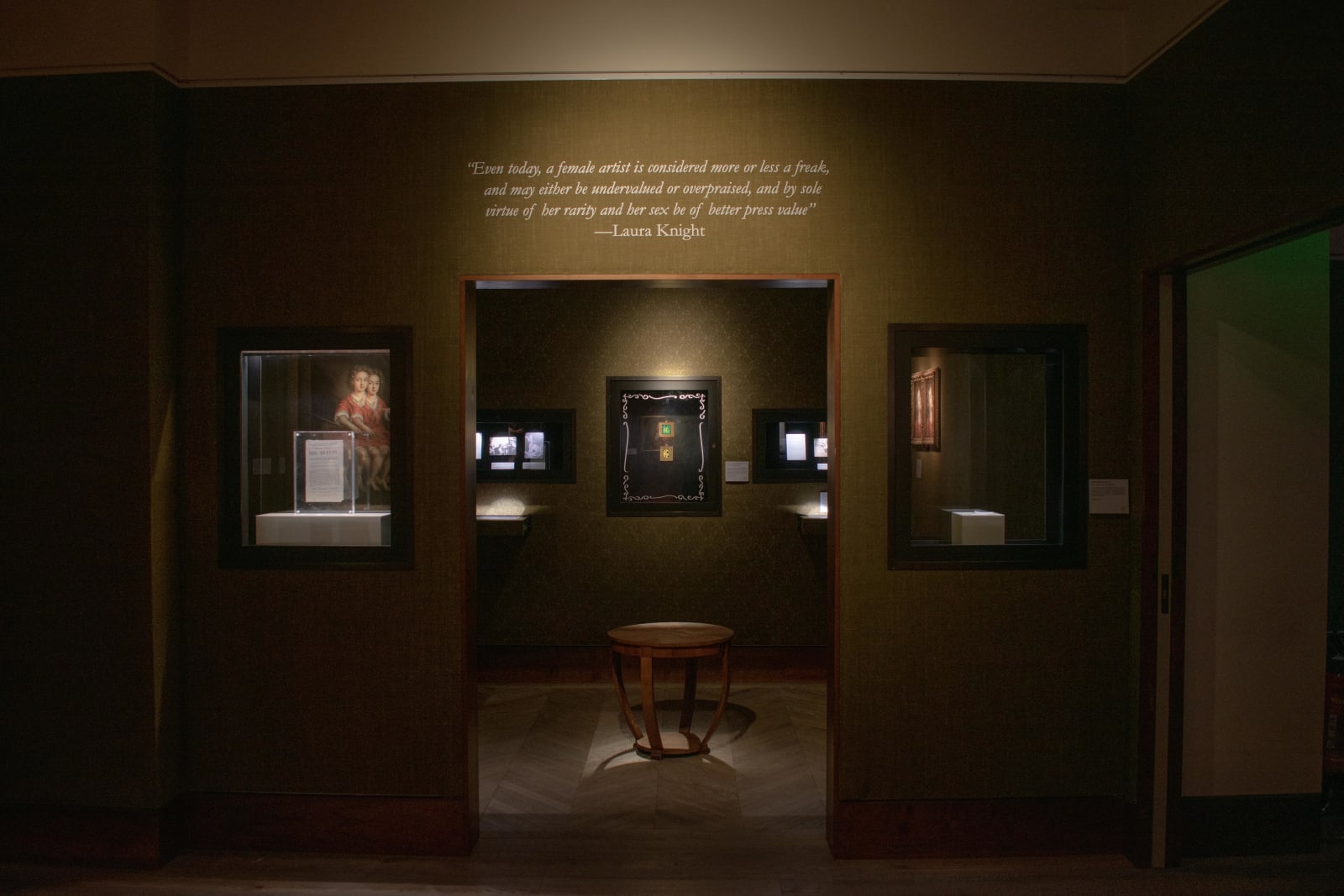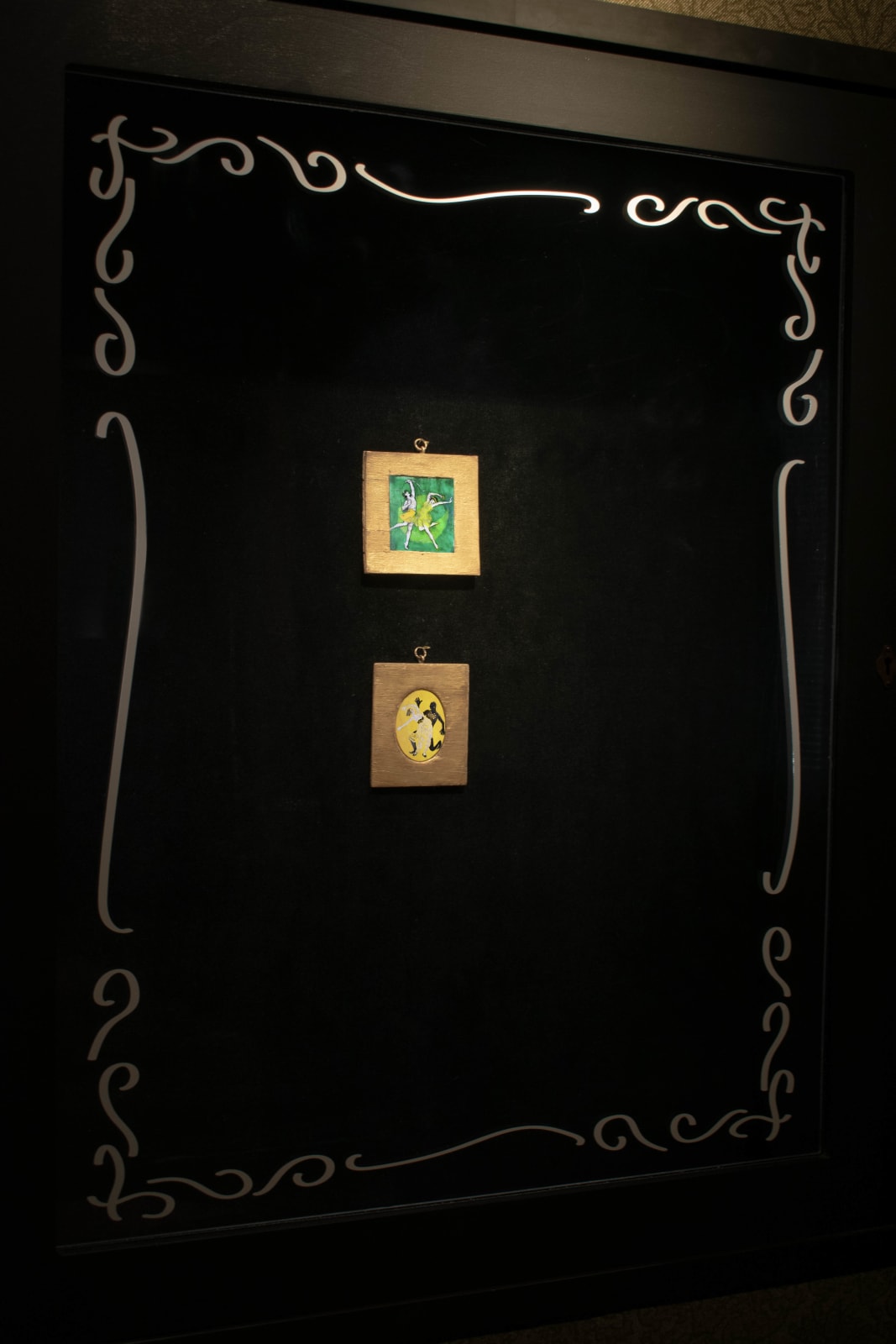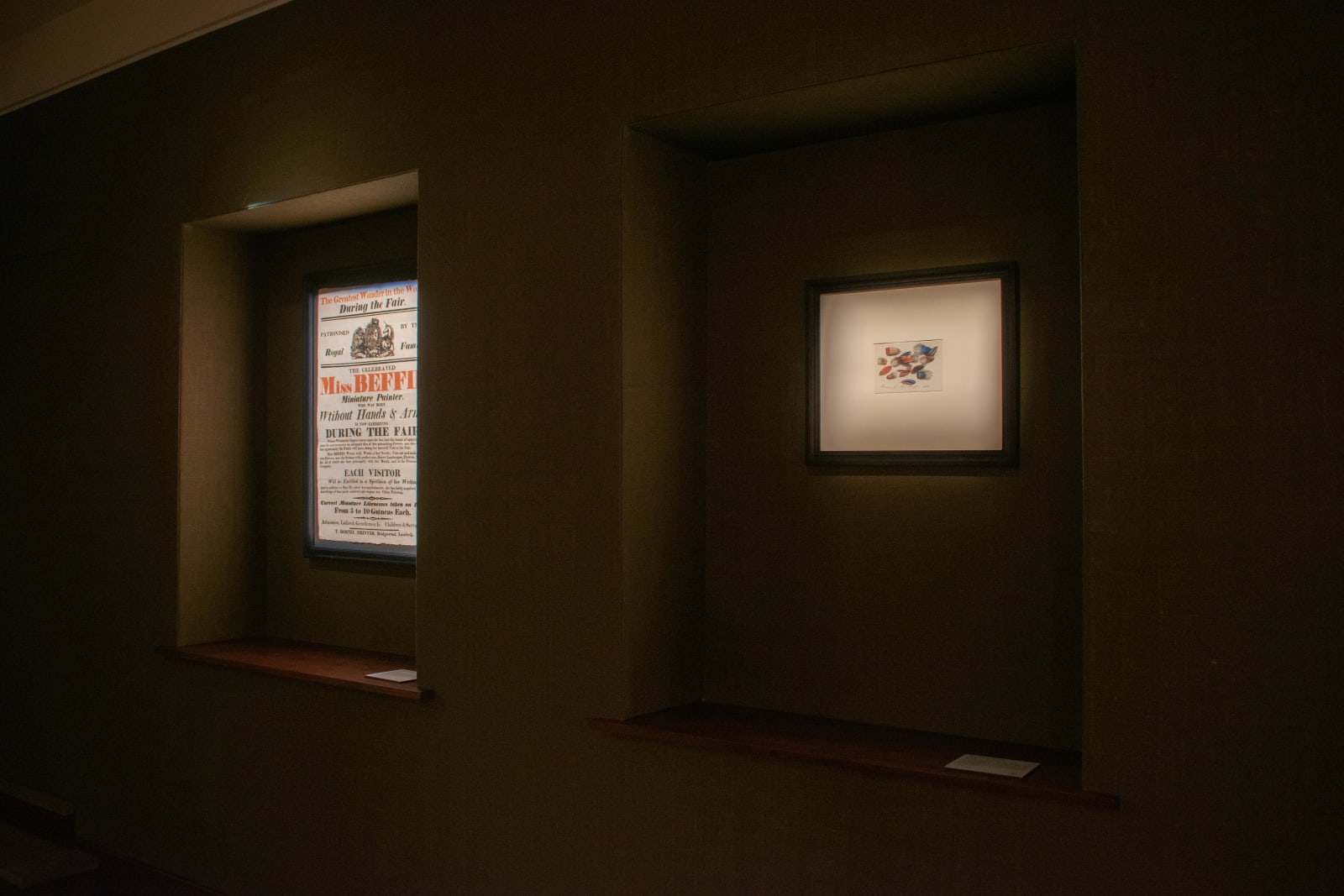London Art Week / Winter 2024
Four Women: Four Centuries
29th November—20th December 2024
DOWNLOAD BOOKLET

17th century | Mary Beale
This characteristically sensitive head study was executed in the early 1660s by Mary Beale, Britain's first professional woman artist. It depicts her son Bartholomew, and was painted when the family lived in Hind Court, just off Fleet Street. Beale is not known to have received formal paid commissions at this date, but we do know that she was actively painting portraits of friends and family. This is one of around twelve surviving studies of Bartholomew painted at this date and similar examples can be found in public and private collections worldwide.[1] These works are notable for their immediacy and rank amongst the most affecting studies in oil in British art of the period.


18th century | Maria Verelst
On loan from a Private Collection.


19th century | Sarah Biffin
This delicate depiction of feathers was painted by Sarah Biffin, one of the most accomplished and entrepreneurial British artists at work during the nineteenth century.
Meticulously rendered studies of feathers constitute a substantial, if fleeting, trope within Biffin’s early oeuvre. All her known feather studies were painted between 1811 and 1812 when she was travelling under the employment of Dukes. She likely adopted feathers as a subject for their visual complexities as well as their availability – feathers were readily used as decorative adornments to ladies’ hats and accessories throughout the nineteenth century.
The excellent condition of the present watercolour offers an unquestionable indication of Biffin’s remarkable artistic aptitude as a young artist. The verisimilitude of the colourfully barred stripes, mottled patterns, and soft, downy barbs at the base of every plume amount to trompe l'oeil, creating the impression the feathers might spontaneously float off the paper. This level of technical competence and handling of watercolour was a remarkable achievement for a young artist at the beginning of her training and demonstrates her early propensity for detailed observation.


20th century | Dame Laura Knight
Dame Laura Knight’s enamels are a surprising departure from her oil paintings. They are miniature in scale but grand in ambition, requiring a sharp level of precision and patience. She had turned to enamel work under the watchful eye of her friend Ella Naper, who guided her through the challenging, almost alchemical process. Naper, working from her studio above Cornwall’s Lamorna Valley, became Knight’s collaborator and muse; she modelled for Knight’s notable 1913 Self Portrait with Model and several of her celebrated coastal scenes, including Spring in Cornwall. The outbreak of the First World War brought constraints that restricted landscape painting along the coast, perhaps prompting Knight to turn her creativity inward. Together with Naper, she produced a series of dazzling enamels depicting ballet dancers and scenes of the Ballet Russes, now held in both private and public collections.

